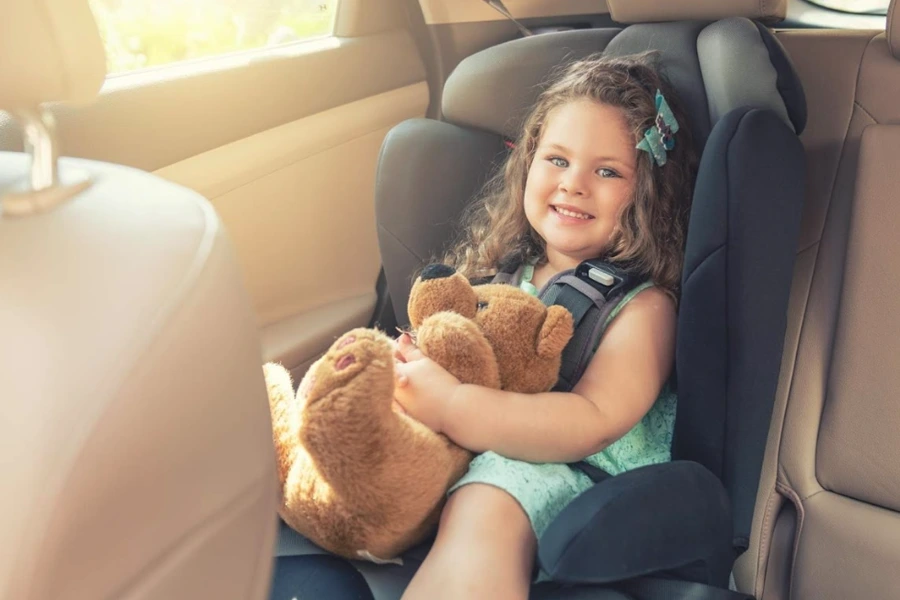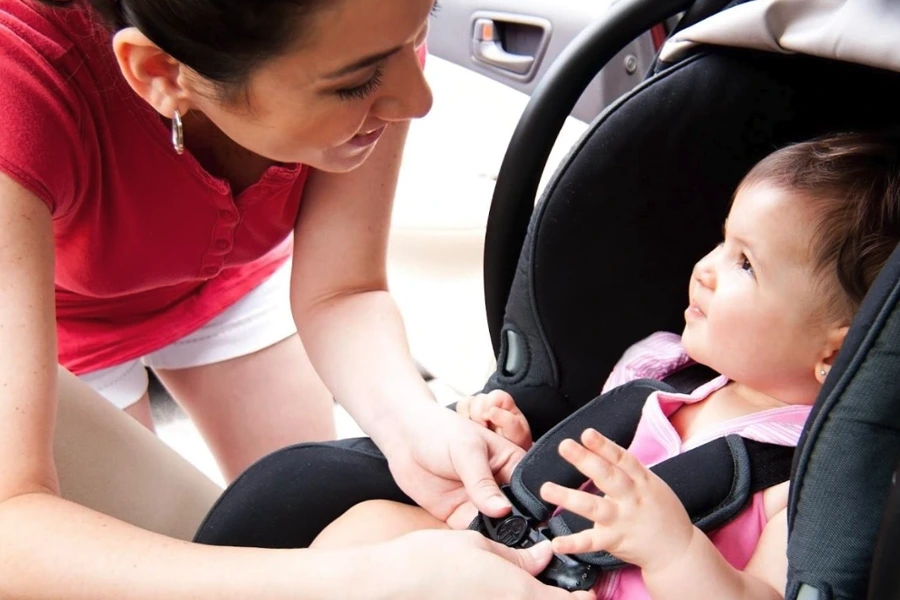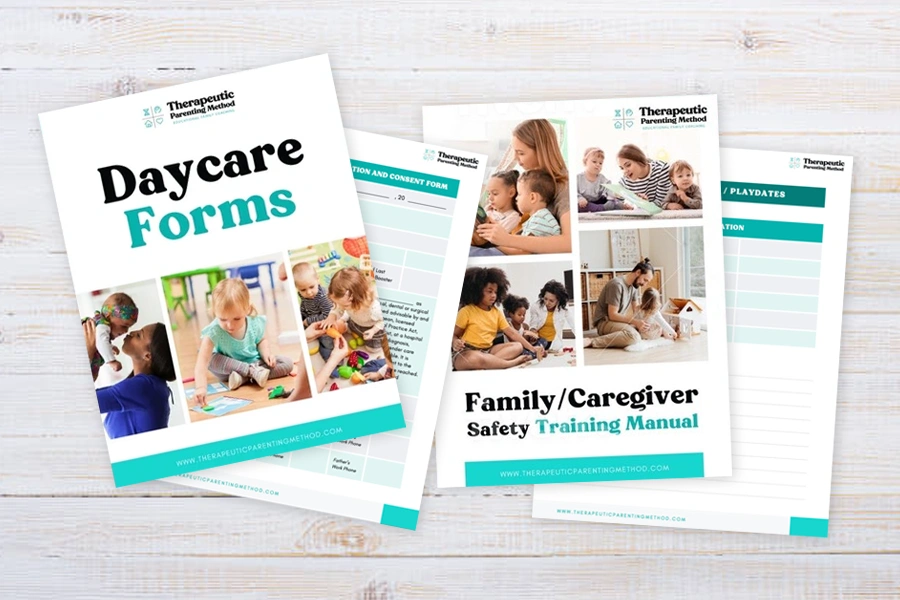As parents, we’ll do anything to keep our children safe.
This includes while in the car.
But with so many different car seats on the market, knowing how to keep our children safe in their car seats can be an intimidating and overwhelming task.
Whether you’re expecting your first child or you’re a parent preparing to transition your child from a car seat to a booster seat, this post covers everything you need to know — from installation to infant car seats, boosters, and how to transition out of them. Keep reading to learn more.
Car Seat Installation Tips
Car seat installation guides are all over the internet. Instruction manuals are easy to misplace, even though many car seats today have a slot to put the manual in.
Installation guidelines are based on the brand of car seat you own — but there are a few safety practices I recommend when installing a car seat:
- Practice putting the car seat into and out of the car before placing your child in it. Know how to buckle the straps correctly and how to securely latch the seat into the car.
- Never put the car seat in the front seat. The car seat should always be in the backseat, preferably in the middle.
- Make sure that the car seat is securely installed in the car. The car seat should not move more than an inch from side to side or front to back.
- Wrap extra seat belts up and place them between the seats or out of the child’s reach so they cannot be played with as toys.
- Regularly check the car seat for cracks, missing parts, non-working latches, or loose harnesses.
Many, if not all, states have car seat safety checkpoints. Check with your local police station or fire station — most will do a safety inspection for free.
American Academy Of Pediatrics Car Seat Safety Recommendations
Although car seat safety laws vary by state, the American Academy of Pediatrics recommends:
- Children under two years old or under the height and weight requirements of the car seat manufacturer should remain in a rear-facing car seat.
- Children over two years old must remain in a forward-facing car seat with a harness until they reach the maximum height or weight allowed by the car seat manufacturer
- Children above the maximum height or weight allowed in a forward-facing car seat must ride in a belt-positioning booster seat until the seat belt fits properly.
- Children who are at least four foot nine inches tall and between eight and twelve years old can ride in the car using the normal lap and shoulder seat belts.
Always strap your child into the car seat, even if just driving a few blocks or driving very slowly. Safety always comes first.
Toddler and Baby Car Seat Safety Tips
Today, there are so many car seats on the market — infant seats, all-in-one seats, you name it — but the guidelines for keeping your child safe remain the same. Here are my top tips for keeping your little one safe in his or her car seat.
- Never leave your child alone in the car.
- Never have your infant’s car seat forward-facing.
- Adjust the car seat’s angle if the child’s head is flopping forward.
- Don’t hang toys from the infant car seat’s handle — in a crash, these toys could cause injuries.
- Although it seems convenient, don’t place your infant car seat on top of your grocery cart — instead, put the entire seat in the large basket.
- The CDC recommends, if possible, always putting your child’s car seat in the middle of the back seat — this is the safest spot in the vehicle.
- Make sure the harnesses fit the child properly. The shoulder harnesses should be adjusted to fit the child at or below the child’s shoulders.
The buckle should be resting on the child’s tummy. The straps should be tight enough to not allow more than two fingers between the child’s collarbone and the harness.
Winter Car Seat Safety Tips
Winter comes with cute but bulky clothing, extra blankets, and doing whatever we can to keep children warm while traveling.
During cold weather, place a blanket on the child on top of the car seat straps, not under the straps.
Bulky clothing puts your children at higher risk of injury if in an accident. In order to avoid this, dress your child in clothes that will allow for the straps to fit between the legs.
If dressed in heavy clothing, adjust the harnesses to fit snugly over the child, and remember to re-adjust the harnesses the next time.
Consider purchasing a car seat poncho to help keep your child warm without the added layers.
Booster Seat Safety Tips
Typically, when your child has reached four feet nine inches in height and is eight to twelve years of age, they can transition to a booster seat. Always check your specific manufacturer’s guidelines before making the transition.
If your child is in a booster seat, do not refer to it as a child seat. Instead, call it a “big boy seat” to encourage your child to feel comfortable about still sitting in a car seat.
When using a booster seat, use both the lap belt and the shoulder belt. The lap belt should lay low and snug across the child’s upper thighs. The shoulder belt should cross the middle of the child’s chest and shoulder.

Transitioning Out Of A Booster Seat
If you are transitioning your child out of a booster seat, make sure he/she is tall enough to sit in the seat without slouching, with knees bent over the edge of the seat and with feet on the floor.
If the child is old enough to sit in the seat without a car seat, make sure that the shoulder belt fits snugly across the child’s chest and shoulder. The lap belt should be low and tight across the child’s upper thighs, not the tummy.
Do not allow a child to put the shoulder belt under his/her arm or behind the back.
Never allow a child to share a seatbelt with another person. One person to each seatbelt only.
As a parent or caregiver, be a good role model, and remember always to buckle up. Never allow your child to share a seatbelt with someone else, and never leave your child alone in or around a vehicle.



